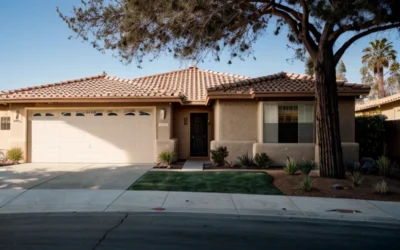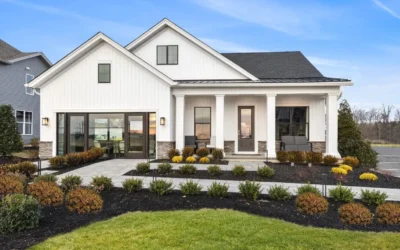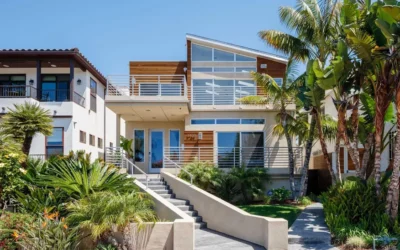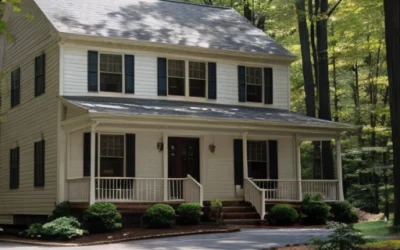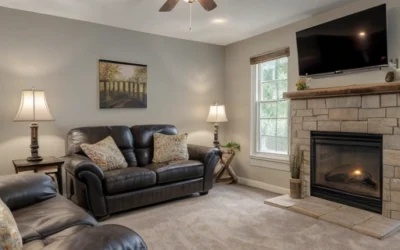Mortgage Refinance Incentives Have Dried Up for Some
Via FoxBusiness
Mortgage refinancing has dropped to its slowest pace since September 2020, with declines in both conventional and government applications, according to the Mortgage Bankers Association’s weekly applications survey.
|
Ohio mortgage programs may be able to save you hundreds every month. A new 2024 mortgage may be able to give relief to homeowners. Unfortunately, most Americans will not receive their mortgage benefits because they are not aware of some of these programs. You do not need to pay anything to check how much you could get. |
Why? The savings from low-interest rates is getting watered down as rates move higher.
Regionally, existing home sales plummeted 14.4% in the Midwest, 11.5% in the North, 6.1% in the South, and 4.6% in the West. The median prices were $231,800 in the Midwest, a year-over-year increase of 14.2%; $356,000 in the Northeast, a year-over-year increase of 20.5%; $271,200 in the South, a year-over-year increase of 13.6%; and $493,300 in the West, a year-over-year increase of 20.6%.
The average rate for 30-year fixed-rate mortgage with conforming loan balances ($548,250 or less) increased to 3.36% from 3.28%, up 50 basis points since the beginning of the year. As a result, the incentives of refinancing have been shut off for many borrowers.
Check today’s rates and compare your mortgage with a new one.
Refis Watered Down
Average 30-Yr Loan Balance: $548,350 or less
March 16 rates at 3.36% = $1,544
January 1 rates at 2.86% = $1,449
Source: MBA
“Mortgage rates have moved higher in tandem with Treasury yields, as the outlook for the U.S. economy continues to improve amidst the faster vaccine rollout and states easing pandemic-related restrictions,” MBA Associate Vice President of Economic and Industry Forecasting Joel Kan said in a statement.
The MBA’s market composite index, a measure of mortgage loan application volume, decreased 2.5% on a seasonally adjusted basis from the previous week. On an unadjusted basis, the index decreased 2% compared with the previous week.
Mortgage applications for refinancing a home decreased 5% from the previous week and were 13% lower compared to the same week a year ago, according to the MBA’s refinance Index. Conventional refinancing applications decreased 4.7% from the previous week while government refinancing applications decreased 6.5% from the previous week. The refinance share of mortgages activity decreased to 60.9% of total applications compared to 62.9% the previous week.
Still, homebuyer demand remains strong, with mortgage applications to purchase a home rising 3% last week from the previous week, according to the MBA’s seasonally adjusted purchase index, marking the fourth straight week of gains. When unadjusted, the purchase index increased 3% compared to the previous week and was 26% higher than the same week a year ago.
“Purchase applications were strong over the week, driven both by households seeking more living space and younger households looking to enter homeownership,” Kan added. “The average purchase loan balance increased again, both by quickening home-price growth and a rise in higher-balance conventional applications.”
The average loan size for purchase mortgage applications for the previous week was $409,300, while the average loan size for refinanced mortgage applications for the previous week was $284,200.
However, Kan warned that inadequate housing inventory continues to put upward pressure on home prices.
“As both home-price growth and mortgage rates continue this upward trend, we may see affordability challenges become more severe if new and existing supply does not significantly pick up,” he said.
The latest data from the MBA comes as existing home sales fell 6.6% in February to a seasonally adjusted annual rate of 6.22 million units, according to the National Association of Realtors, while housing inventory reached a record low of 1.03 million units as of the end of February, a 29.5% year-over-year decline compared to 1.46 million units.
The median existing-home sales price rose to $313,000, a 15.8% increase compared to $270,400 a year ago. The median existing single-family home price was $317,100 in February, up 16.2% year-over-year, and the existing condo price was $280,500 in February, up 12.3% year-over-year. Sales of homes priced above $1 million were 81% higher compared with a year ago, while houses priced between $100,000 and $250,000 fell 11%.
Regionally, existing home sales plummeted 14.4% in the Midwest, 11.5% in the North, 6.1% in the South, and 4.6% in the West. The median prices were $231,800 in the Midwest, a year-over-year increase of 14.2%; $356,000 in the Northeast, a year-over-year increase of 20.5%; $271,200 in the South, a year-over-year increase of 13.6%; and $493,300 in the West, a year-over-year increase of 20.6%.
[/vc_column_text][/vc_column][/vc_row]

